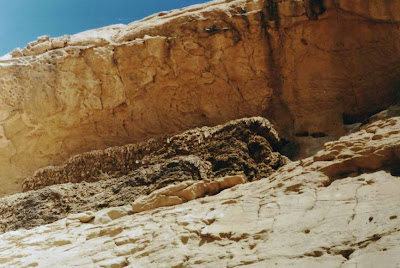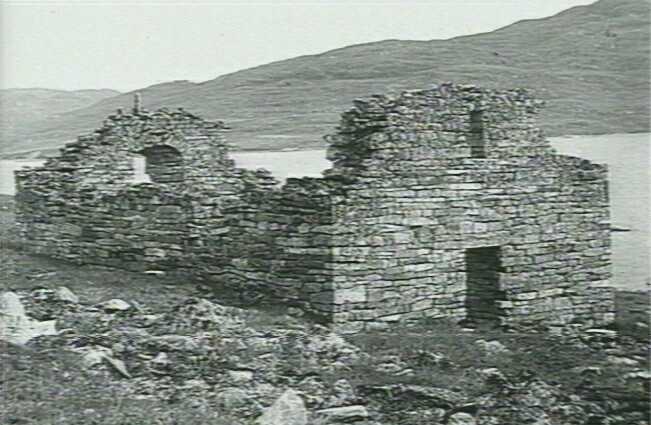As
far as we know, just two studies have been made on Northern Bald Ibis genetics. They approache two different levels:
- the differences between eastern and western populations
- the differences between an extinct and an extant populations in Morocco.
The
first of them (Pegoraro et al., 2001)
examined two segments of the mitochondrial genome of Moroccan and Turkish Bald
Ibises. One point mutation was consistently discovered in a 307 bp (base
pairs) portion of the cytochrome b gene (widely used in phylogenetics and
population genetics) . This mutation was population specific, that is, it shows
differences of an isolation of both populations. This finding has big consequences
for the conservation of the highly endangered species and reinforces the idea
that in captive breeding and releasing programmes, only birds of known origin
should be used. Some physical differences had been previously detected.
The
other work analysed 882bp of mitochondrial DNA control region sequence from 30 individuals,
19 wild birds from recent mortalities (1996 onwards) in the Souss-Massa area and eleven founders from
Rabat Zoo. Those last birds were caught from the Middle Atlas Mountains in
1976-77.
The
sequencing revealed 15 closely related haplotypes (groups of DNA that is transmitted
together), nine from Souss-Massa and eight from Rabat
with only two haplotypes shared at low frequency between these two
populations. Preliminary analyses indicate that these two populations
are significantly different on haplotype frequencies. That is, the Souss
colony and the now extinct Middle Atlas colonies were demographically isolated
exchanging few individuals.
Those
preliminary results were very interesting.
The
Middle Atlas colonies have either gone extinct in situ or emigrated to the Souss-Massa
colony. The genetic data is inconsistent with a mass influx of birds
into this last population because, if this were the case, the two colonies
should share more haplotypes.
Most of the captive
population of northern bald ibis around the world originates from collections
made from the Middle Atlas colonies. That means that the genetic resources of
this extinct population are well represented in captivity, but Souss-Massa
population probably is not.
Broderick, D.
& Korrida, A. 2001. Latest genetic evidence for historical population
structuring among colonies of Northern Bald Ibis (Geronticus eremita) in Morocco. In Bowden,
C. I.A.G.N.B.I. Newsletter 1.
Pegoraro, K. ; Föger, M. & Parson, W. 2001. First evidence of
mtDNA sequence differences between Northern Bald Ibises (Geronticus eremita) of Moroccan and Turkish origin. Journal of Ornithology, 142 (4): 425–28.



















